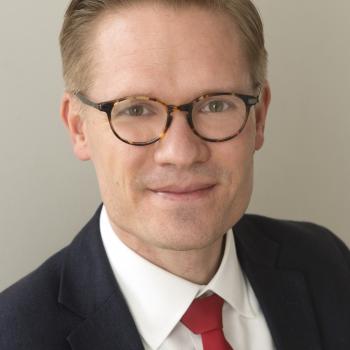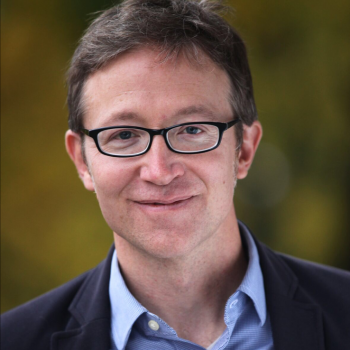“Do you believe everything that you hear, see and read?”
24 Oct 2017
What do ordinary people think fake news is? To provide a bottom-up supplement to a debate that has been top-down, driven by journalists, media critics, technology companies, policymakers and a few academics, we have analysed data from a series of focus group discussions with news users in the United States, the United Kingdom, Spain, and Finland.
In a new RISJ factsheet, Rasmus Kleis Nielsen and Lucas Graves analyse the qualitative evidence we have. The most striking result is that people clearly and repeatedly underline that they see the difference between “fake news” and “news” as one of degree rather than a clear distinction, and that while they feel they come across fake news on social media and other platforms, they see journalists and politicians as the more prominent purveyors of fake news.
When asked to provide examples of fake news, people identify poor journalism, propaganda (including both lying politicians and hyper partisan content), and some kinds of advertising more frequently than false information designed to masquerade as news reports. Fake news is experienced as a problem driven by a combination of some news media who publish it, some politicians who contribute to it, and some platforms that help distribute it.
“Our findings suggest,” says RISJ Senior research Fellow Lucas Graves “that for most ordinary people, fake news is only in part about fabricated news reports narrowly defined, and much more about a wider discontent with the information landscape—including news media and politicians as well as platform companies.”
RISJ Director of Research Rasmus Kleis Nielsen says “Tackling false news narrowly speaking is important, but it will not address the broader issue that people feel much of the information they come across, especially online, consists of poor journalism, political propaganda, and misleading forms of advertising and sponsored content.”






